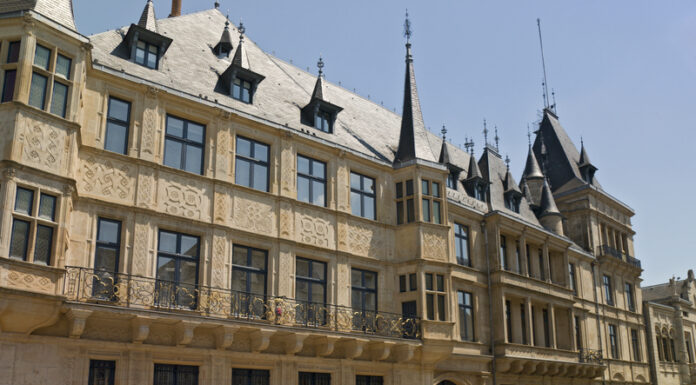Prince Frederik of Luxembourg, the son of Prince Robert of Luxembourg, has succumbed to POLG mitochondrial disease, a rare genetic disorder he battled throughout his life. The 22-year-old royal’s death occurred in Paris, France on March 1, 2025, a day after Rare Disease Day.
Prince Robert, the first cousin of Grand Duke Henri, the reigning monarch of Luxembourg, shared the news. He posted a heartfelt message on the website of The POLG Foundation, a nonprofit organization that Frederik established after his diagnosis in 2016.
“It is with a very heavy heart that my wife and I would like to inform you of the passing of our son, The POLG Foundation Founder and Creative Director, Frederik,” started Prince Robert’s message.
Frederik was diagnosed with POLG mitochondrial disease at 14 years old when his symptoms became more noticeable. Despite the diagnosis, he displayed extraordinary resilience and committed himself to raising awareness and finding treatments for the disease.
POLG mitochondrial disease is a genetic disorder that depletes the body’s cells of energy, leading to progressive multiple organ dysfunction and failure. The disease affects mitochondria, the energy-producing structures within cells, and can impact various organs, including the brain, nerves, muscles, and liver.
As stated on the POLG Foundation’s website, the disease is projected to affect one in every 10,000 people. Yet, there is no known cure or effective treatment for POLG mitochondrial disorders.
In 2022, Frederik helped start The POLG Foundation to support research for effective treatments and a potential cure for POLG mitochondrial disorders. Under his leadership as Creative Director, the foundation has allocated $3.6 million in funding for research projects and has collaborated with Columbia University to develop tools to evaluate disease progression.
Frederik’s DNA has contributed to the scientific understanding of POLG and mitochondrial research, providing insights that may have broader implications for diseases such as cancer and neurodegenerative disorders.
In his blog post, Prince Robert detailed his son’s final interactions, describing how Frederik summoned the strength to bid farewell to his family members.
“Last Friday, February 28th, on ‘Rare Disease Day,’ our beloved son called us into his room to speak to him for one last time,” Prince Robert wrote. He noted that Frederik had already expressed his feelings to his mother, Princess Julie, “who had not left his side in 15 years.”
Besides his work with the foundation, Prince Robert spoke of Frederik’s remarkable social skills, humor, and resolve. He described Frederik as a “Superhero” for their family and many others affected by POLG globally.
Despite life’s challenges, Frederik maintained a positive attitude and was known for his sense of justice and compassion.
Survived by his parents, Prince Robert and Princess Julie, and his siblings, Prince Alexander and Princess Charlotte, Frederik bid them an emotional farewell before his passing.
Prince Robert stated that Frederik’s mission was not concluded with his passing. The family intends to continue the work of The POLG Foundation to discover a cure for POLG mitochondrial disease, hoping to prevent others from suffering Frederik’s fate.
Research on POLG disease has broader implications, potentially aiding the development of treatments for diseases such as Alzheimer’s, Parkinson’s, diabetes, heart disease, depression, and some types of cancer.
Medical experts assert that POLG-related disorders span a spectrum of overlapping phenotypes with onset from infancy to late adulthood. The most severe forms, like Alpers-Huttenlocher syndrome, typically manifest in childhood, while milder forms may not be diagnosed until adulthood.
The initial symptoms of POLG mitochondrial disease can be elusive, adding to the challenges in diagnosis and treatment. Patients with the condition often face an uncertain future as they experience their own progressive loss of function.
For those affected by POLG, Prince Frederik’s efforts initiated through his foundation offer hope for future treatments and potentially a cure, ensuring his legacy extends far beyond his brief 22 years of life.
A video of Prince Frederik discussing his condition has resurfaced following his death. In this video, first posted to YouTube in September 2024, Frederik described how POLG affected his life, saying: “When you’re a kid, you have all these dreams, all these aspirations… I’m not sure I understood all the consequences of POLG when I first got diagnosed. It’s more subtle, where slowly, the world is getting smaller and smaller.”
Even after Frederik’s passing, his father stated that “his mission is not complete,” adding that the foundation will continue to work to find a cure for POLG. The POLG Foundation is launching the first international POLG natural history study this year to collect data on how the disease develops in patients over time.








